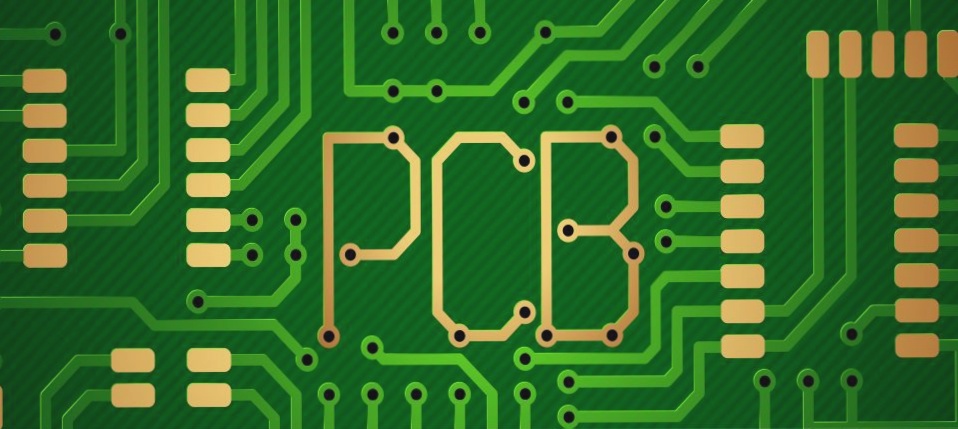PCB Vibration Testing for Product Reliability
Vibration testing is essential for evaluating a product’s ability to withstand different vibration levels, identifying design or manufacturing defects, and improving product reliability during use and transportation.
- PCB Vibration Testing Process:
– Conducted in a laboratory setting
– Samples securely fastened to a specialized fixture
– Includes fixed frequency and frequency conversion vibration tests - Fixed Frequency Vibration Test:
– Follows specified vibration test standards
– Determines frequency, acceleration, direction, and duration - Frequency Conversion Vibration Test:
– Cycle from low to high frequency and back
– Observes resonance phenomenon and destructive effects

Impact Testing for Product Durability
Impact testing assesses a product’s ability to withstand impulse and non-repeated impacts during use and transportation, ensuring structural firmness and adaptability.
- Impact Force Measurement:
– Impact acceleration or gravity acceleration g - Impact Waveform Effects:
– Different waveforms correspond to different impacts - Duration of Impact:
– Longer duration increases impact on the product
Reflow Welding Furnace Structure
The infrared hot air reflow welding furnace consists of multiple temperature zones with far-infrared heating and hot air heaters, ensuring proper heating for welding processes.
Heater System Overview
The heater system in the reflow welding furnace plays a crucial role in heating SMA components to welding temperatures and ensuring proper cooling post-welding.
Types of Heaters for PCB Reflow Soldering
When it comes to PCB reflow soldering, there are various types of heaters available. These heaters can be broadly categorized into two main groups:
- Infrared Lamp and Quartz Tube Heater: This type of heater emits heat directly through radiation, making it a sequential radiator.
- Alloy Aluminum Plate and Stainless Steel Plate Heater: These heaters are embedded within a plate, transferring heat to the surface through conduction.
Key Factors for Stable Furnace Temperature
1) Control of Wind Speed and Air Volume: Maintaining stable furnace temperature requires precise control of wind speed and air volume. BTU’s reflow soldering furnace offers the capability to adjust air pressure, ensuring optimal performance.
Transmission System in Reflow Soldering Furnace
2) Conveying System: Modern reflow soldering furnaces typically employ chain conveyors for efficient PCB transportation. The width of the conveyor chain can be adjusted either mechanically or electrically, allowing for seamless production processes and facilitating double-sided welding of SMA components.
Efficient Temperature Control System
3) Temperature Control: A reliable temperature control system is crucial for precise soldering processes. Whether utilizing a temperature control meter or computerized system, the furnace temperature needs to be accurately maintained. Leading-edge reflow soldering furnaces can achieve temperature control accuracy of up to ±1°C, meeting the demands of high-precision SMA products and lead-free soldering on PCBs.


